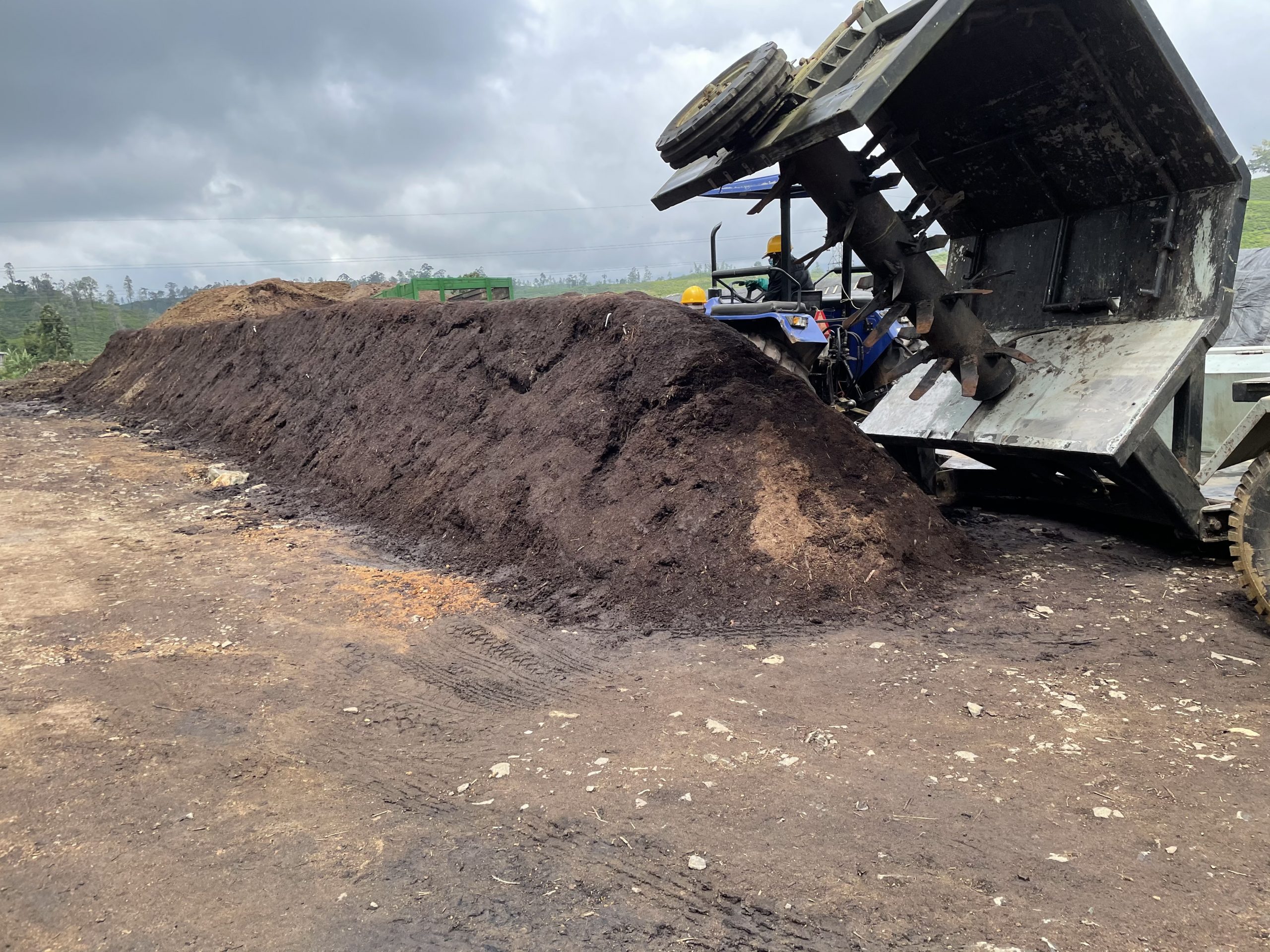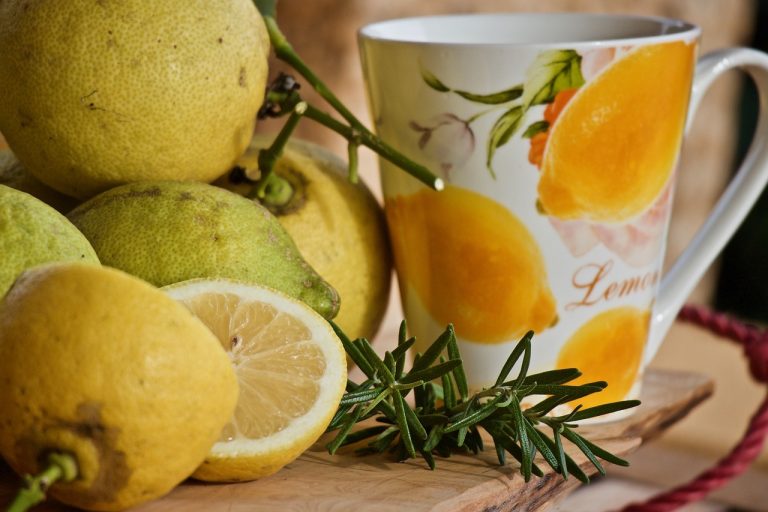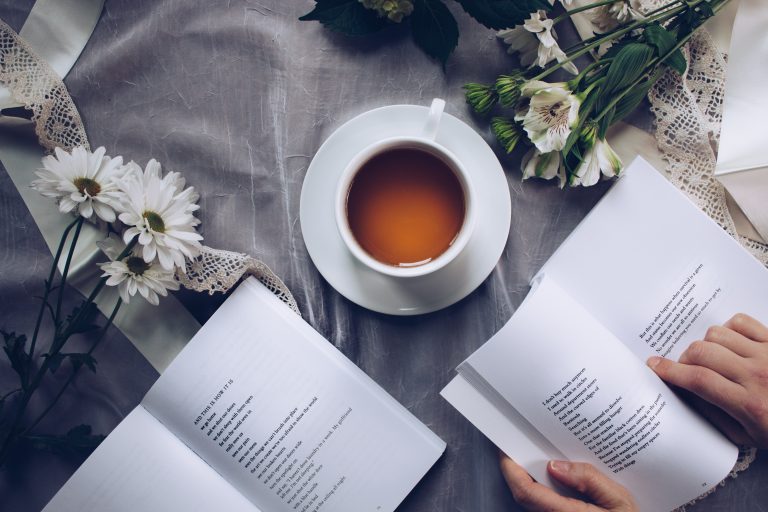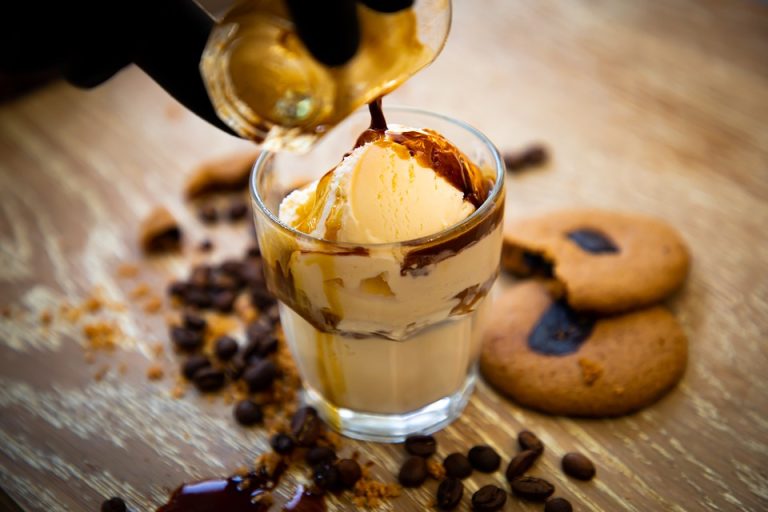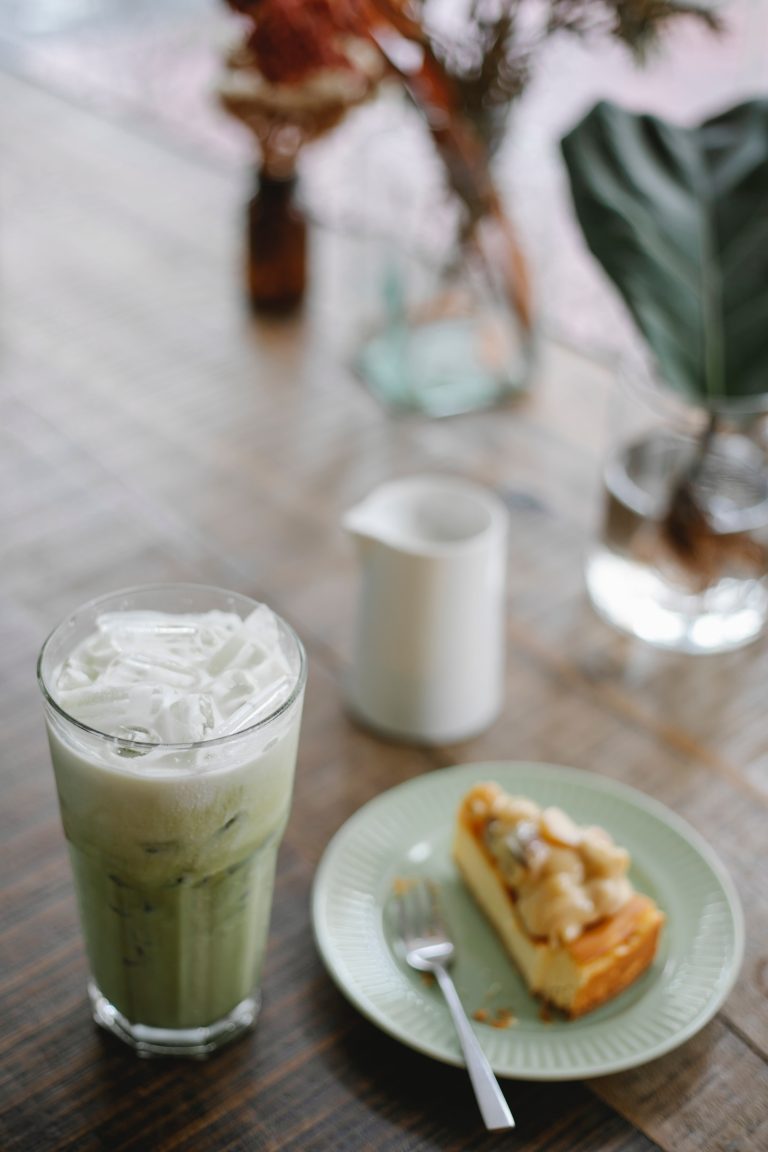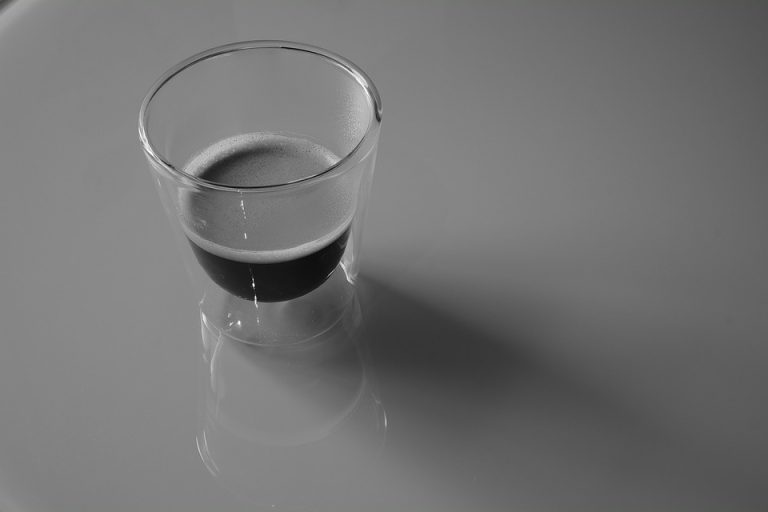Compost Production
What is Compost?
Compost is defined as a mixture that consists of a large amount of decayed organic matter and is used to fertilizing and conditioning land. It is a mixture of different types of ingredients and improves the chemical, physical, and biological properties of the soil.
Decomposed plant, food waste, and recyclable organic materials are commonly used to prepare the compost. Compost is rich in nutrients, beneficial microorganisms, and fungus. Therefore compost is applied in home gardening, landscaping, horticulture, organic farming. Compost act as fertilizer, soil conditioning agent, factor for increasing the humus.
Compost has the ability to introducing beneficial microorganisms that help to suppress pathogens in the soil and reduce the cost of commercial chemical fertilizer.
In composting procedure, there are two types of materials called “greens” and “browns”. Greenly materials are rich in Nitrogen such as grass, leaves, and discarded food parts. Browny materials are rich in Carbon and contain stalks, paper, and woody particles.
The decomposition process is speeding up by small particles of planting matters, adding water, and ensuring proper aeration by regular turning of the mixture. Then piles are opened and fungi, earthworms, and other microbes further break up the organic materials. Aerobic bacteria and fungi manage the chemical decomposition process by converting inputs into heat, Carbon dioxide, and Ammonia.
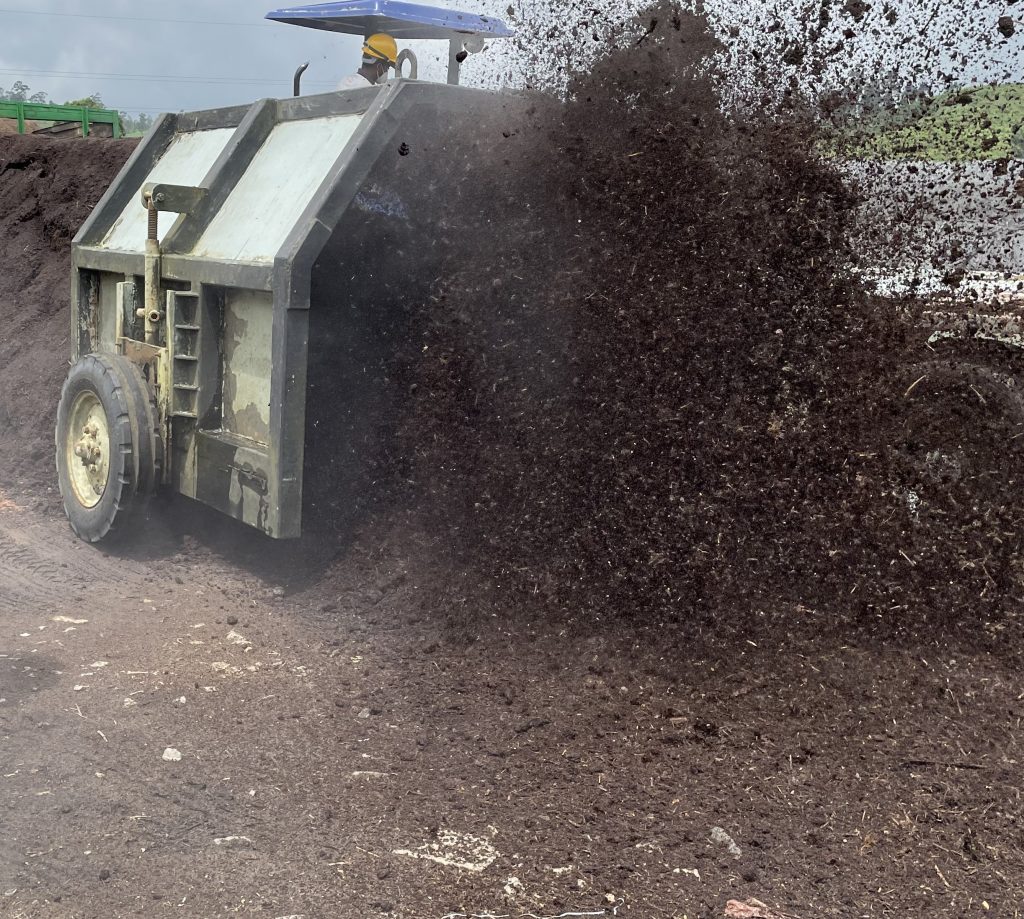
Composting
Many of the things that we throw out from homes such as kitchen scraps, grass clippings, leaves, and other debris could be used to make out of the compost. Then we can reduce the amount of waste generate and make organic matter and nutrients for our garden needs.
Composting is the very simplest process of decomposition. The final product is called “Compost”. The major benefits of compost are below.
- Supplies many nutrients plant need
- Improve soil physical properties
- Increase soil capacity
- Increase water holding capacity and nutrients water holding capacity
- Increase soil aeration
Composting Materials
Disposable utensils in the kitchen
Fruits, vegetables, dairy products, grain particles, used tea and coffee powder, eggshells, meat particles can be converted into compost. If you ate something or grow in the field, it can be used as composting material. Especially to keep in mind avoid apply Plastics, Grease, Glass and Metals, Condiment packages, plastic wrap, foil, silverware, drinking straws, bottles, or chemicals. Because they take a long period of time to decompose and someone does not even decompose. Red meat, bones, and small amounts of paper are acceptable, but they also take a long time to decompose.
Food waste is a very essential thing to produce compost. It contains a higher amount of moisture level and can absorb the excess moisture in the mixture. Sawdust and yard waste are rich in the C/N ratio. When decomposing food waste, odor production will take placed. Because of the large amount of ammonia production in the pile. This incident can be prevented by prepare piles in well-aerated condition.
There are two types of food waste, namely Pre-consumer food waste and Post-consumer food waste. Pre-consumer food waste is easily decomposable. At first, this waste is separate from the total waste generated. The kitchen staff is separate according to feasibility, flexibility, volume, labor, atmosphere, and altitude of the compost production unit.
Grass Clippings
Grass clippings are part of the grass field. You can collect clippings and recycle them by returning them to the ground. The grass is cut at the proper height and with the proper frequency. Some of the farmers are allowed grass clippings to decompose in the field naturally. It helps to add nutrients to the soil and reduces the need for chemical fertilizer. Fresh cut grass is green material in the compost pile. Decomposing will happen properly if you add balance green and brown material. Grass clippings add to the compost pile can result in a slow or smelly compost pile. The reason is that grass becomes compacted and over wet.
If you not handling grass properly, the result will be purid mucky, meissy compost. Grass clippings used as composting material are a great way to recycle the nutrients into the field.
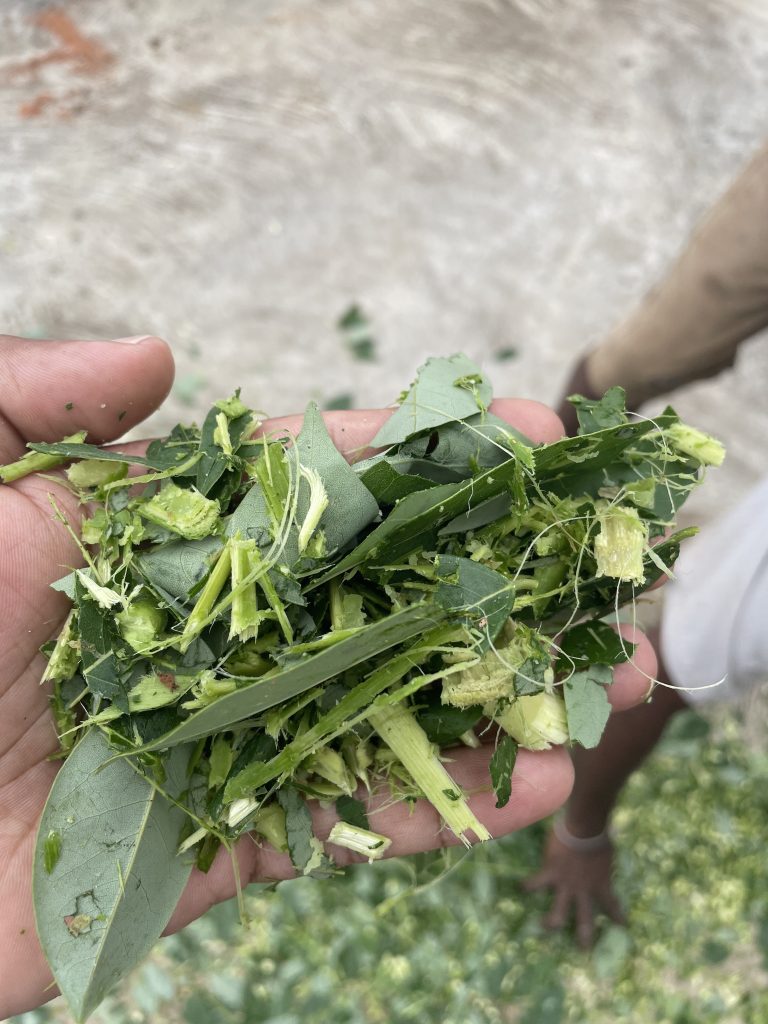
Dry Leaves
Dry leaves are the very best material for composting and they can enrich the soil. It is an easily decomposable material. One dry leaf contains a large amount of the nutrients that plant need to grow. When combined green plant material with a dry leaf called “Black Gold”, is so valuable.
Carbon is an essential ingredient for compost. Dried leaves are rich in Carbon. Glossy and other specialized papers do not use to prepare compost. Because they contain ink and other chemicals that are harmful to plants and animals.
In addition to these things, fruit scraps, vegetable scraps, eggshells, finely chopped wood, and bark chips are used as composting materials.
Uses of Compost
The main use of compost products is conditioning and fertilizing soil by adding humus, nutrients, and beneficial microorganisms. Then soil physical and chemical properties are increased. And it contributes to enhancing the capacity of soil to store air and water.
Compost act as a starter mixture. It is widely used for potted plants, tree and shrub plants, and as a mulch. After adding compost to the soil it is important to mix thoroughly to protect from the sun and disperse the nutrients in the surrounding soil. More compost must be adding for very poor conditioned soil but not too much. Compost application in the growing stage of the plants as a top dressing.
Compost used for potted plants with ¼ to 1/3 finished compost and rest sterile soil or sand. Pure compost is not an addition to the plants. Because plants need sand and soil in order to root properly.
Strawberries, Tomatoes, Pepper, Melons, and other fruits and vegetables are grown in plastics to control temperature, moisture retention, and weed control.
Most of the crops are not directly introduce to the field. Seeds are planted in the greenhouse and thereafter transplant in the field. Compost is used as an ingredient in the mixture of seedling planting media. In the normal stage, it is only planting substrate.
Compost adds into the soil, coir, or peat as a filth improver. It can supply humus and nutrients and very good absorbent material. Compost is tilled directly into the soil or medium to increase the organic matter level and fertility of the soil.
Compost extracts are unfermented extracts of leached compost contents dissolved in any solvent. Bubbling is used to separate the microbes from the compost.
In addition to compost used for land and stream reclamation, wetland construction, and landfill cover. There is a Temperature generate in the compost pile used to heat greenhouses.
Nutritional composition of Compost
Compost contains about 2% of Nitrogen, 0.5%-1% of Phosphorous, and 2% of Potassium. Nitrogen fertilizer and manures are sped up the decomposition process. The nitrogen availability of compost is a very slow and small amount. Compost is applied in large amounts because of its low nutrient level.
Compost Production Methods
Site selection is a more essential prerequisite in the compost manufacturing process. Raw materials and water should be available in the area and it should not be closer to the drinking water source. After the selection of shed, well-drained area, the site should be cleaned to remove the stone and unwanted particles and land leveling are important.
Basically, there are four methods of composting
- Heap method
- Cage method
- Pit method
- Barrel method
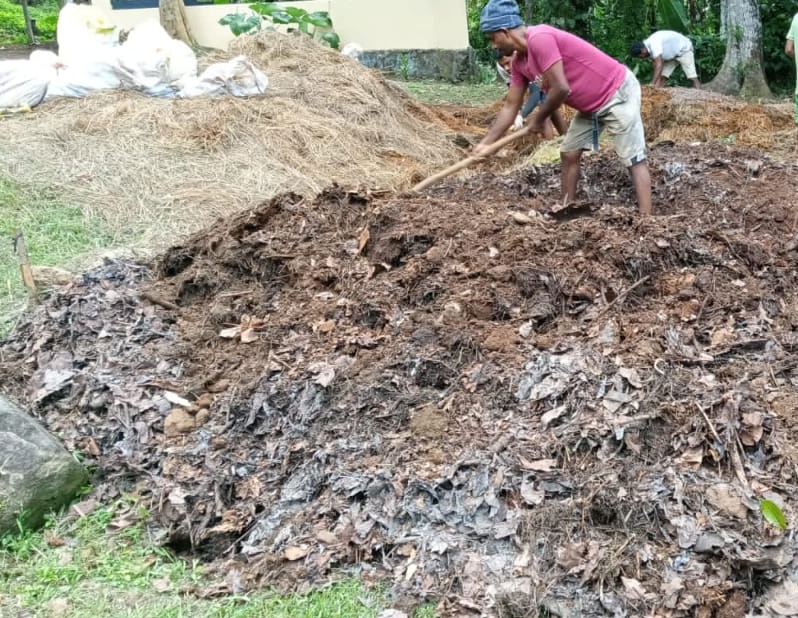
Heap and Pit Method
The compost manufacturing process is very complex and it interacts between organic waste and microorganisms. The maximum height of a layer of the compost pit/heap should be up to 15-30cm. tree looping, leaf fall, or other raw materials adding as the first layer. Salvinia, green leaves, or grass apply to the second layer. If raw materials are too dry, add water to supply sufficient moisture content.
A small number of inoculants add to easy decomposition. Banana leaves, a leaf falls, and animal waste is placed afterward. Finally, add the required amount of water and cover the heap/pit using covering materials. There is a space between cover and ground in the heap method for ventilation. Moisture contents of the pit/heap are checked whether it contains the required amounts of water. If not, enough mixture should be wetted. The first turning should be done after 4 weeks.
Turning is important to increase the decomposition process. Checking moisture will be done every 4-5 days. The second turning is done after 7-8 weeks. Inoculants add during each turning. Compost pit/heap is turn properly after 11-12 weeks. Three months later all the materials are decomposed and compost can be used for crop production.
Cage and Barrel Method
Cages prepare using a stake. Compost bins are commonly available in the market. There is a special advantage of this method is materials can be added at any time. In the cages, materials are drying fast. So constant moisture content is needed. The top of the cage is covered by coconut fronds or any other suitable material. Made compost could be obtained from the bottom of the cage/barrel
Advantages of Compost
Compost helps to decrease soil erosion. Its bind soil particles and then infiltration may increase. Compost helps to control the speed of water flows in cropland. It acts as a mulching material. Plants that are growing with compost media are very healthier than others and decrease susceptibility to diseases. Waste things are used as useful products. Then it can reduce the amount of waste going to the landfills and be environmentally beneficial. The compost manufacturing process is a very low-cost method. It supplies more nutrients and soil biota. It is caused to improve the biological, chemical, and structural health of the soil.
You can read the article about Compost for Tea Cultivation

